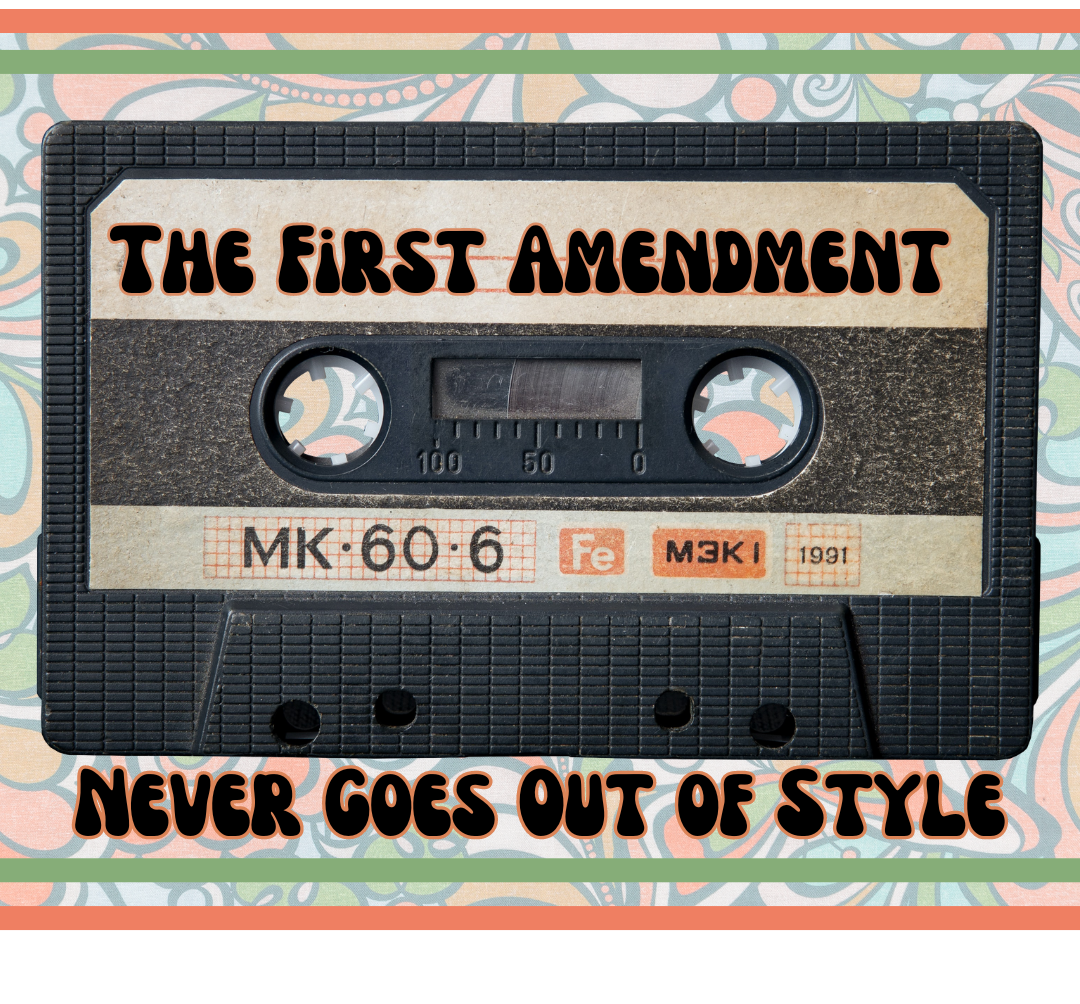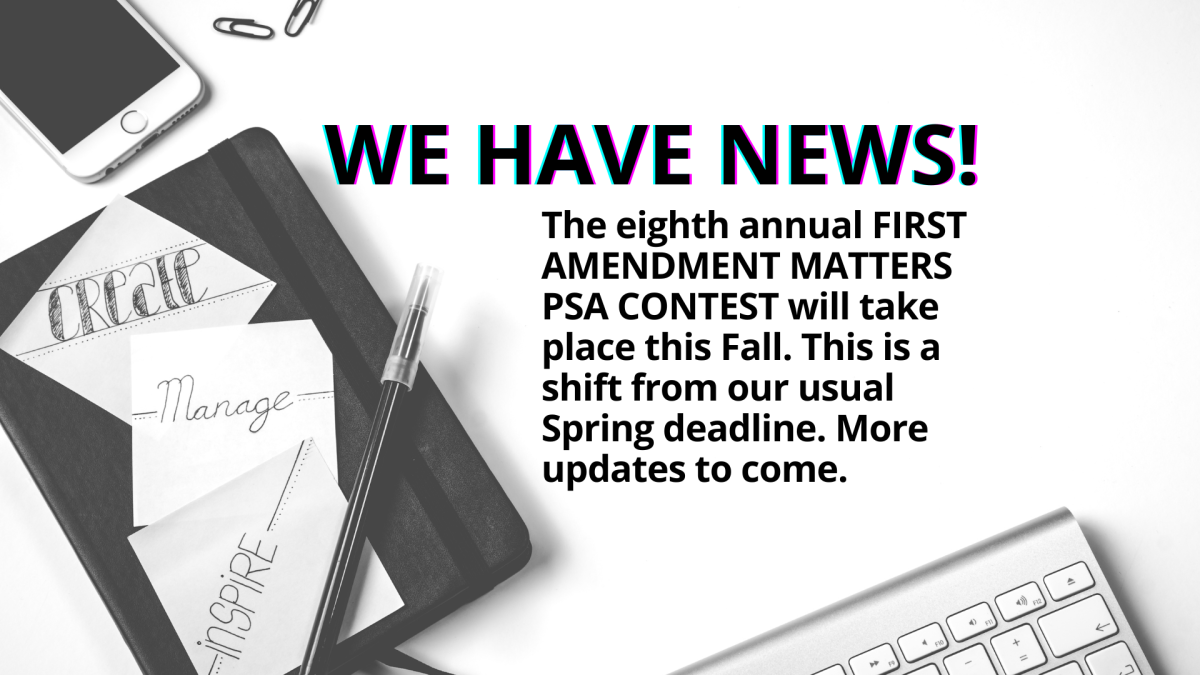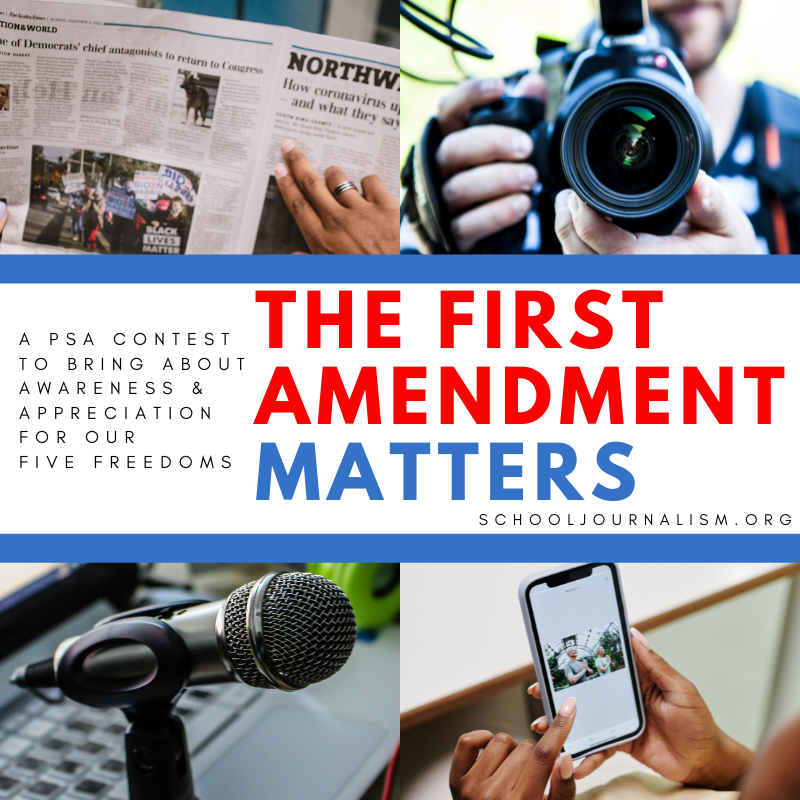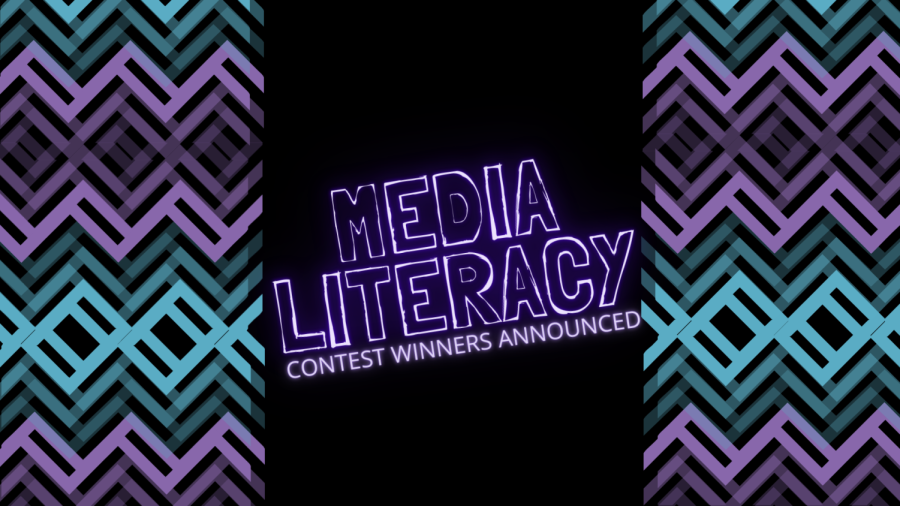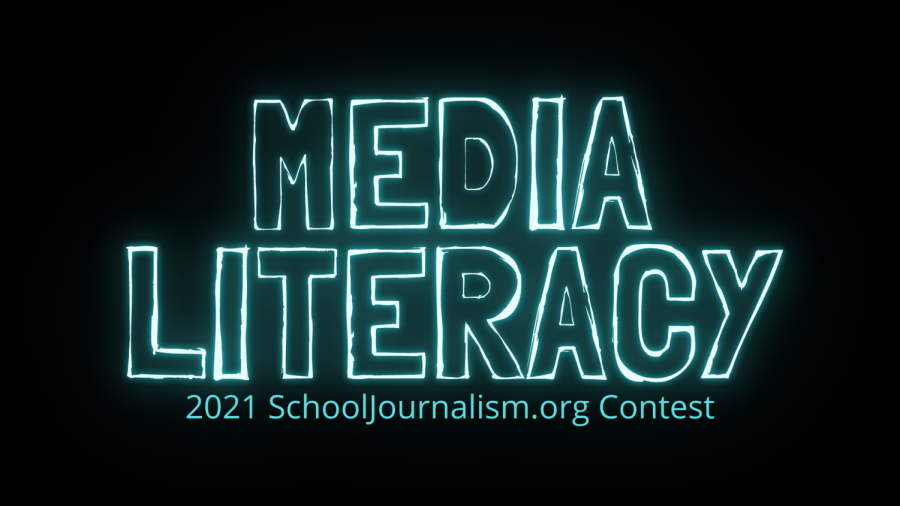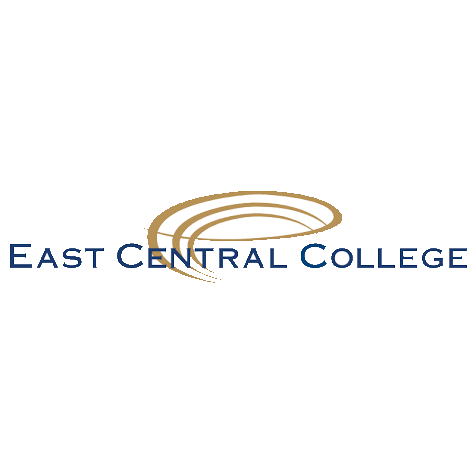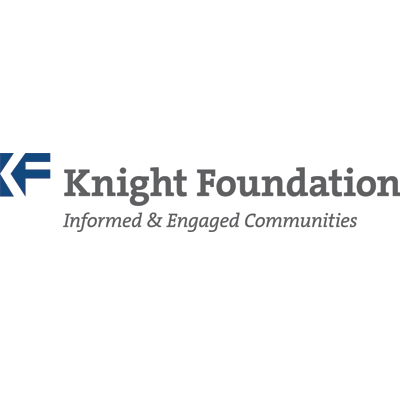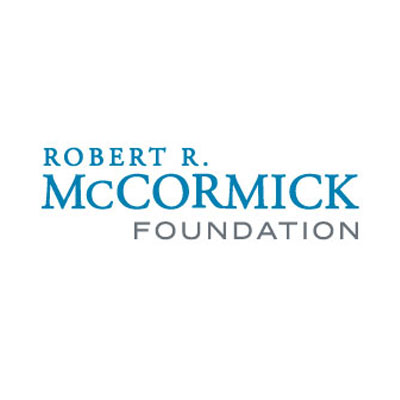SchoolJournalism.org invites YOU to enter the The First Amendment Matters PSA contest. Over the past seven years of this contest, teachers like Stacy Gerst have used this as an opportunity to create a deeper understanding of the First Amendment with her students. We believe that you can have similar success. “Where America Stands” found many Americans lack a fundamental understanding of the First Amendment. About one in five (18%) couldn’t name one freedom covered by the First Amendment....
This past fall, SchoolJournalism posed a question for student journalists to seek the answer to: What are schools doing to include Media Literacy in their curriculum? After reviewing the submissions, it’s our pleasure to share the winning entries. Our two Grand Prize honorees and one Runner-Up are three excellent examples of not only scholastic journalism, but also of how schools are working to educate and promote Media Literacy. The Grand Prize winner in Broadcast is Grace Coleman...
Netflix. TikTok. PBS. Wall Street Journal. ABC. YouTube. CNN. BuzzFeed. National Geographic. Twitter. Wikipedia. CBS. FOX. SnapChat. New York Times. Facebook. Hulu. Facebook. NPR. The list could go on and on because we live in a world where media content runs rampant! There is so much information coming at us from so many directions, it can be overwhelming, confusing, and downright frustrating. That is where Media Literacy steps in to take some of the stress out of the mess! What are...
Skinny jeans, platform heels, bell-bottoms, avocado green kitchen appliances, mix tapes, crimped hair, jelly shoes, and friendship pins. Styles and fads come and go, but one thing that NEVER goes out of style is the First Amendment. That is why for the past eight years SchoolJournalism.org invited students to enter the The First Amendment Matters PSA contest. Teachers like Stacy Gerst know how important the First Amendment is. She has used this contest as an opportunity to create a deeper understanding of the First Amendment with her students. This is the perfect opportunity to spread the message that all five of our freedoms should be revisited, reviewed, and kept in the forefront...
It’s wish list season, what was on yours? Or better yet, what should be on yours? I find myself clicking on other teachers’ Amazon wish lists and copying ideas for my own wish list– that’s a nice wireless mouse on one, some battery-operated gaming buzzers from another, and so on. And if you are lucky enough to have a supply budget, maybe you have a wish list that could be fulfilled. Let’s talk about priorities. In a world before Amazon wish lists, I kept an Excel spreadsheet with "Must Haves," "Would Be Nice" and "Don’t Hold Your Breath" items my classroom needed. It’s a great place to start to see how far the budget can stretch or if a "Would Be Nice" is a possibility. Here’s...
School Journalism loves hosting the annual First Amendment Matters PSA Contest. However, in 2024 we need to make a change to accommodate our volunteer staff. The annual contest will launch during the Fall Semester of 2024 instead of the Spring Semester. Thank you for your understanding in this matter. Expect updates and a more solidified timeline over the Summer Break.



